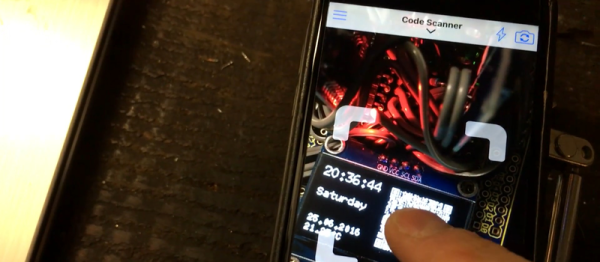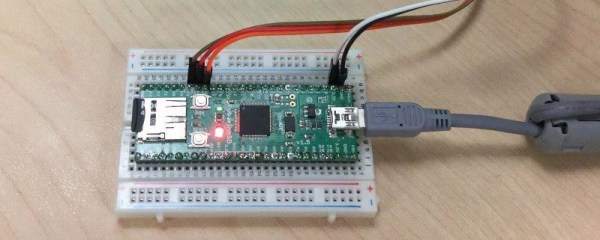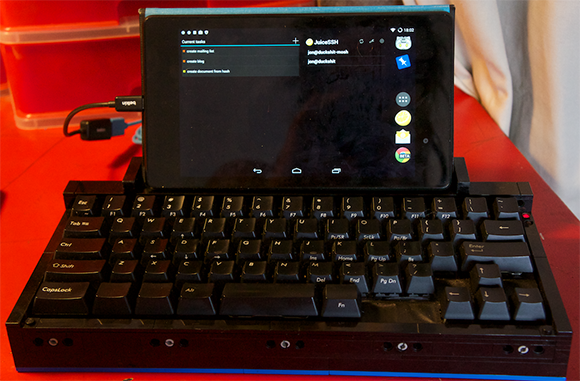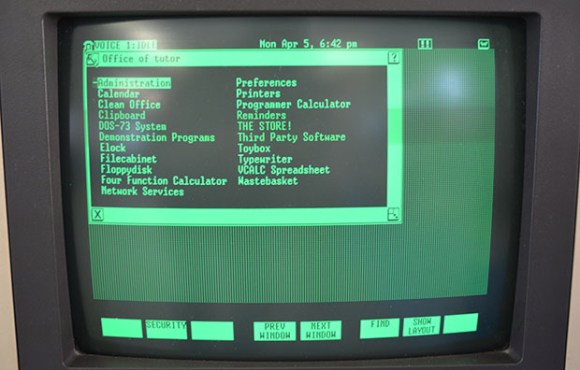Classic Z80 computers tend to run CP/M. If you’re a purist you’ll be happy with that because that’s certainly what most serious Z80 computers ran back in the day. However, for actual use, CP/M does feel dated these days. Linux is more comfortable but isn’t likely to run on a Z80. Or is it? Linux borrows from Unix and back in the 1980s [Doug Braun] wrote a Unix-like OS for the Z80 called UZI. There have been lots of forks of it over the years, and a project called FuzixOS aims to make a useful Z80 Unix-like OS.
Of course, 1980 Unix was a lot different from modern-day Linux, but it is still closer to a modern system than CP/M. Fuzix also adds several modern features like 30 character file names and up-to-date APIs. The kernel isn’t just for the Z80, by the way. It can target a variety of older processors including the 6502, the 6809, the 8086, and others. As you might expect, the system can fit in a pretty small system.
The video below shows [Scott Baker’s] RC2014 computer running Fuzix. You’ll see it looks a lot like a Linux system, although that analogy only goes so far.

















